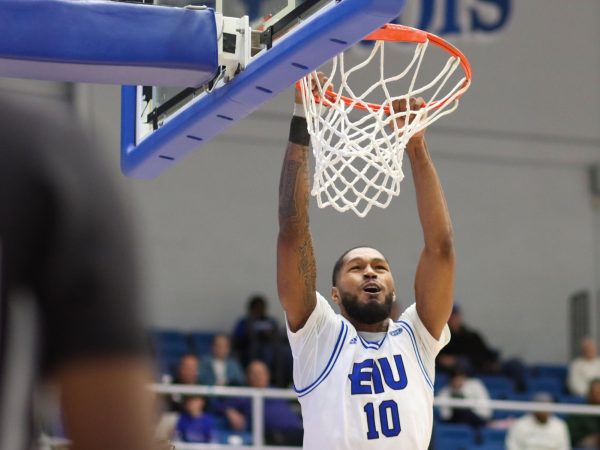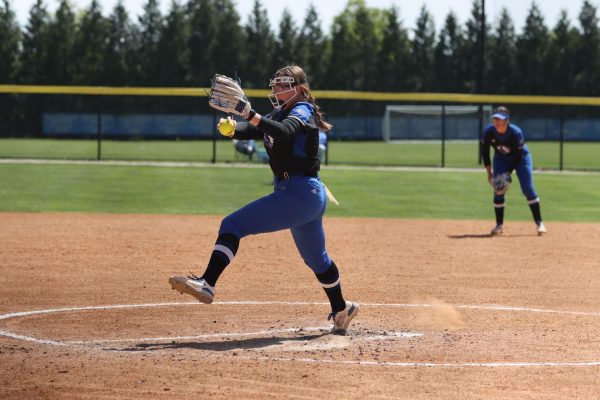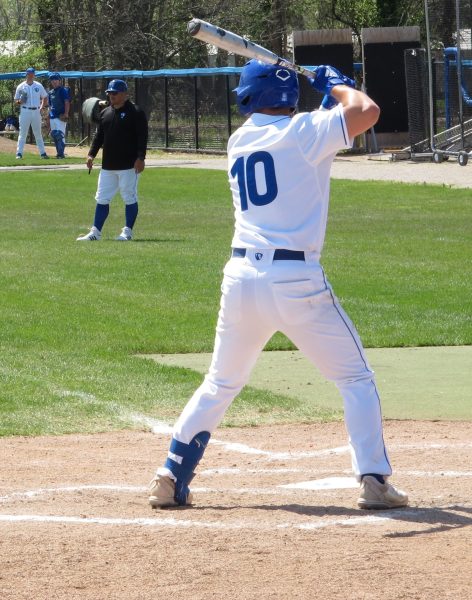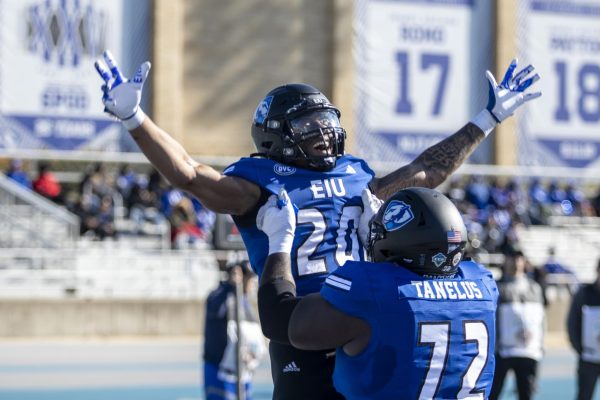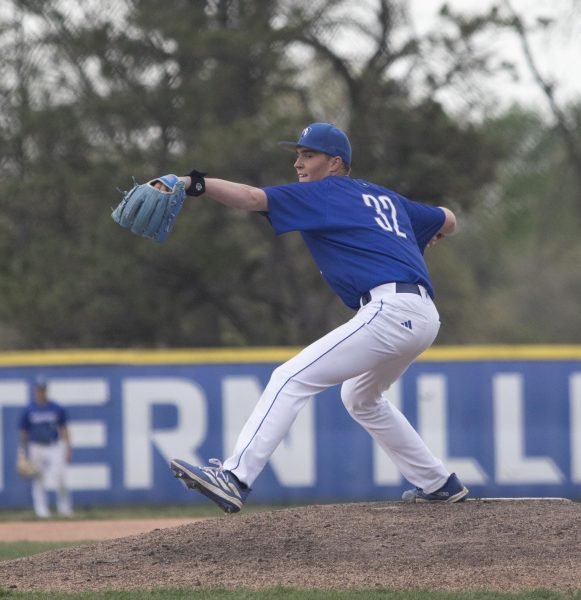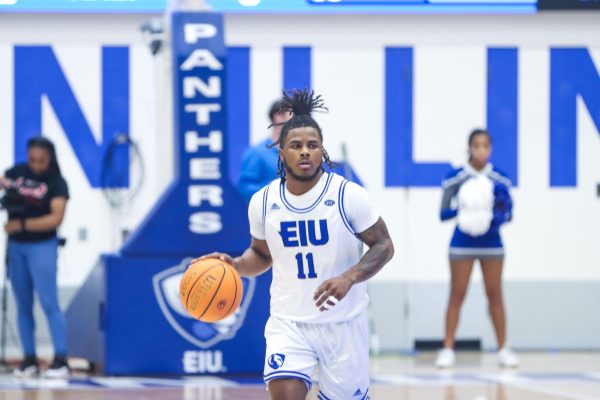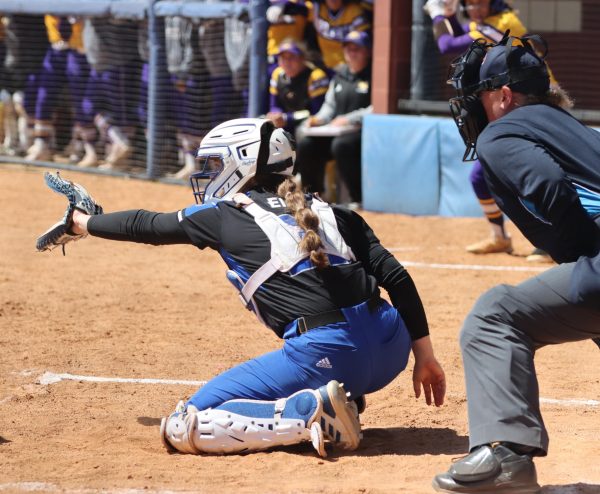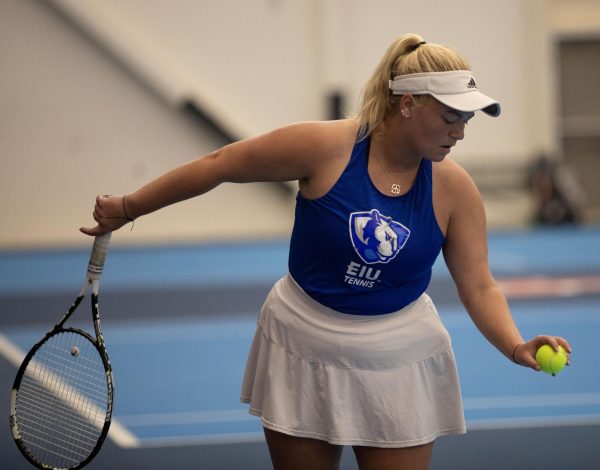Women in sports media fight uphill battle
While sitting in the press box at an Oakland Athletics baseball game in 1986, Sacramento Bee reporter Susan Fornoff received a special delivery: a gift-wrapped corsage box.
It wasn’t her birthday and her current boyfriend wasn’t the type to send her a gift of that nature. As she slowly opened the box, she could tell that something was moving inside it and found a rat with tag tied to it that said, “My name is Sue.”
She immediately looked at her fellow sportswriters and asked if any of them had sent the “generous” gift. And then Fornoff realized by the handwriting on the note that it had come from A’s slugger Dave Kingman.
“I was first puzzled when I received the rat, then very angry as it dawned on me that it was from Kingman,” Fornoff said. “I had had quite a lot of problems with him and had made my employer and his aware of them.”
So what would influence Kingman to commit such an act? It all had to do with the fact that Fornoff is a woman. Kingman thought women had no place in the clubhouse and his was his way of expressing his feelings.
If women sportswriters didn’t have to deal with receiving gift-wrapped rats in the press box, then it was players or coaches refusing to talk to them, getting hooted and hollered at when entering a locker room or even having players exposing themselves to them.
Something needed to be done and it needed to be done quick.
While not every story was as drastic as Fornoff’s, other women sportswriters found themselves asking why they wanted to pursue a career where they were discriminated against on a regular basis.
Quite possibly the most important thing to give women was to get them started and give them the confidence and support they needed.
“I think the biggest deal was putting women on sports beats and then supporting them,” USA Today columnist Christine Brennan said. “It’s really a two-prong attack.”
What helped further women’s careers in sports journalism was the creation of the Association for Women in Sports Media in 1987.
The organization includes more than 600 men and women and is designed to help women further themselves in the sports world with jobs and scholarships.
Brennan, the first president of AWSM, or as she calls it “awesome,” is something that she is happy to be a part of.
“I’m very proud of it,” Brennan said. “I was proud to be the first president of it and I feel very strongly that it is a wonderful thing.”
Fornoff said the organization gave women a chance to get together and strive for the goal of equality.
“I think organizations like AWSM provide support for people who all too often feel it’s them against the world,” Fornoff said. “I received an e-mail from a former TV sports reporter who said that if she had known about AWSM and read my book 10 years ago, she might not have gotten out of the business as she did.”
Today, there are no more press box problems. There isn’t a problem with women gaining equal access to locker rooms. In Brennan’s opinion, women are doing just fine.
“Women are getting into the career just fine,” Brennan said. “I’m not saying it’s all easy, but it’s not easy for (men) either.”
Brennan said that locker room problems are almost non-existent these days.
“That’s like asking if women should be allowed to vote or blacks be allowed to own property.”
Sarah Marten, a senior speech communication major, has interned with Monday Night Football and worked for the Daily Eastern news as a freshman. Marten said things may improve even more when today’s college players go on to the pro ranks because they have grown up seeing more women in sports journalism.
Both players and coaches agree that women in sports journalism are just trying to do their jobs and should be treated no differently than men who are doing the same thing.
“I try to answer the questions the same way that I would for a male reporter,” said Eastern football coach Bob Spoo.
“It’s just tough because it’s such a male-dominated area,” said Eastern men’s soccer coach and Eastern journalism graduate Adam Howarth. “Hopefully there will be more women getting into the field.”
One problem that does still exist is the pressure on women to be physically attractive if they want to make it as sports television reporter.
“I feel there is extra pressure on women (on sports television) to be physically attractive, period,” Fornoff said.
“There are no ugly women on television doing sports,” Brennan said. “I wish they would not base everything on looks. I certainly hope there is substance as well as style.”
Being attractive may also hurt women who are on television sports. Marten said Monday Night Football’s Melissa Stark deserves more respect because she is more than a pretty face.
“(Stark) gets no respect,” Marten said. “I think she knows what she is talking about and she works really hard to get her stories.”
More women may find their way to the tops of the sports reporting desks in the future.The increase in the popularity of women’s sports and women gaining more support and confidence could be exactly what gets them there.
“Would I like to have more women in sports journalism? Sure,” Brennan said. “We have lots of women who know about sports.”



































